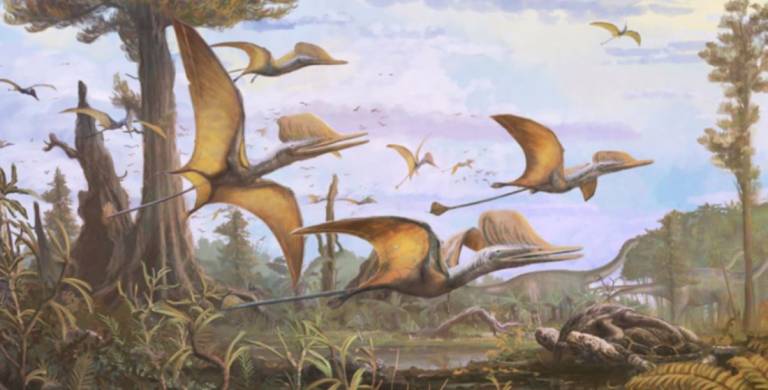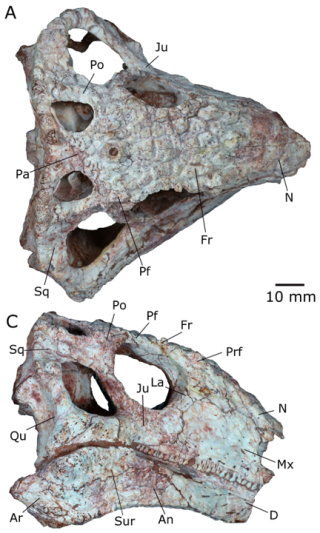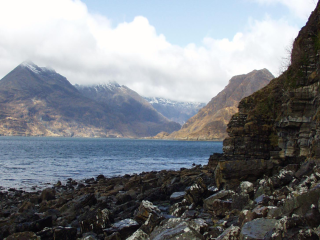Professor Susan Evans has 7th fossil organism named after her - and other news
6 March 2024
Professor Susan Evans, head of the UCL Centre for Integrative Anatomy, has had a species of pterosaur named after her, and her lab has also had two papers published recently, one with Dr Ryoko Matsumoto from Japan and another with colleagues from China

Susan Evans, head of the UCL Centre for Integrative Anatomy, has been very much in the news lately.
First, Prof. Evans' lab has had two papers published recently:
![3D-reconstruction of the skull and mandible in Andrias japonicus 3D-reconstruction of the skull and mandible in Andrias japonicus (SVL 365 mm [STL 580 mm]): the skull in dorsal (a), and ventral (b) views.](https://www.ucl.ac.uk/biosciences/sites/biosciences/files/styles/small_image/public/ryoko_m_-_jp_giant_salamander_-_2402.jpg?itok=72dT7dC2)

The second paper, by Susan in collaboration with colleagues from China, relates to an odd fossil lizard from China. They describe a new herbivorous lizard from the Late Cretaceous (~80 million years ago) of southern China. This strange lizard has an unusually robust skull (pictured, right) and is only one of three known lizards (fossil or living) to have a complete lower bar along the cheek region. https://www.tandfonline.com/doi/full/10.1080/14772019.2023.2281494.
Secondly, Susan was interviewed for a national news item on UK's BBC News
But Susan has not only been in the written press, she also took a slot on the BBC 6 o’clock news on 06 February 2024, reflecting her long career in palaeontology. Susan appeared on a news item (unfortunately, no longer available on iPlayer) reporting the finding of a new pterosaur (non-dinosaur) species on the Isle of Skye (artists’ impression, below, © The Trustees of the Natural History Museum (NHM), London/Mark Witton).
Susan has a long association with fossil material from Skye, and had introduced some of the authors of the paper to the locality several years ago. The new species of pterosaur was named after her and is called Ceoptera evansae – apparently this is the 7th fossil organism to include Susan’s name!

You can read more about the pterosaur discovery in the NHM article, also published on that day: https://www.nhm.ac.uk/discover/news/2024/february/new-pterosaur-skye-reveals-hidden-diversity-middle-jurassic.html.
 Close
Close

